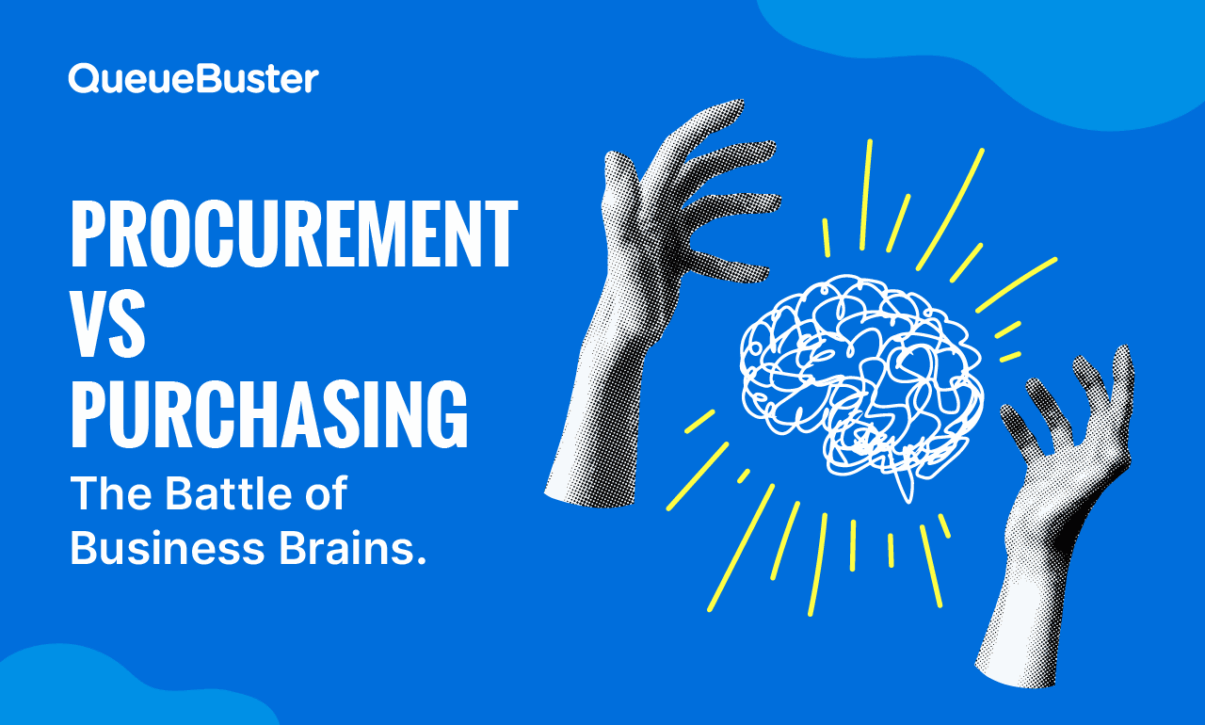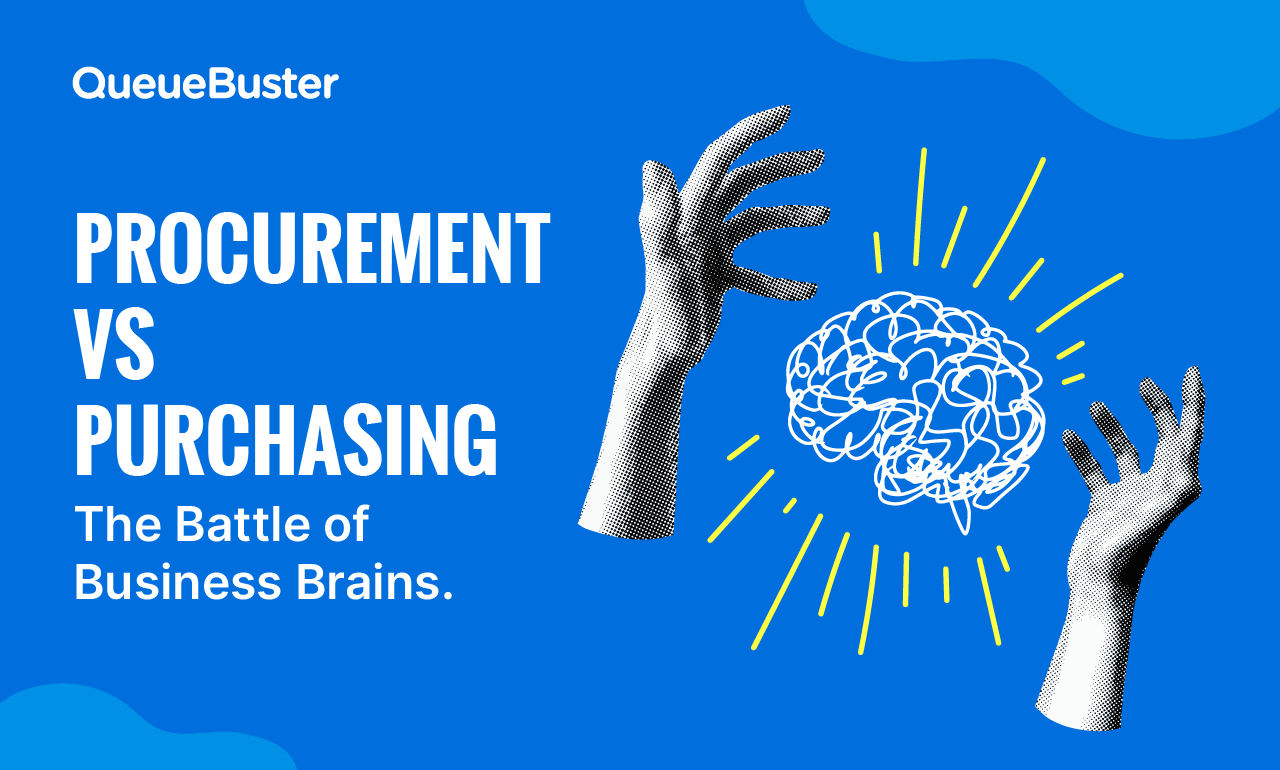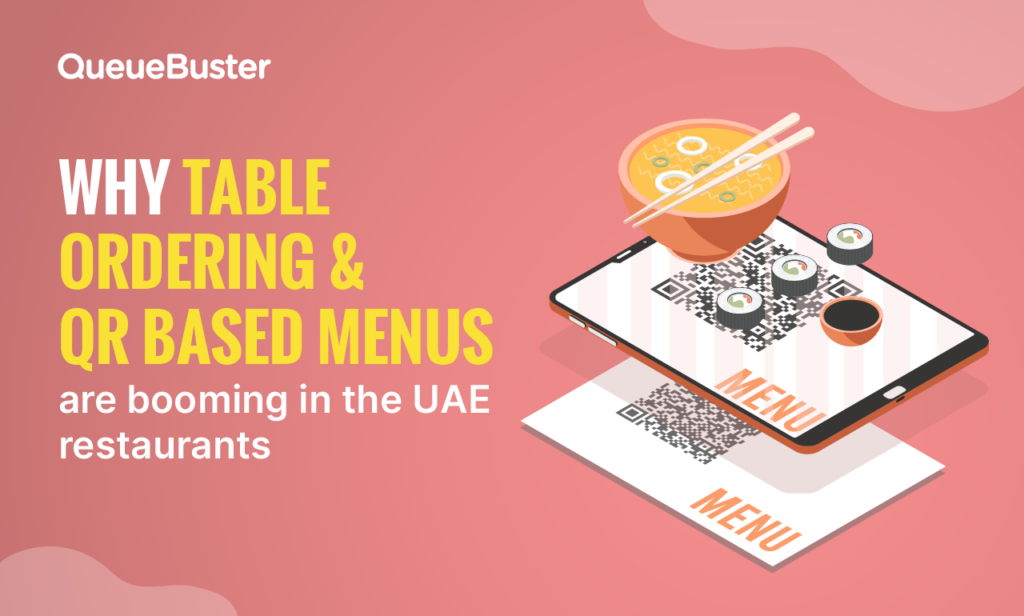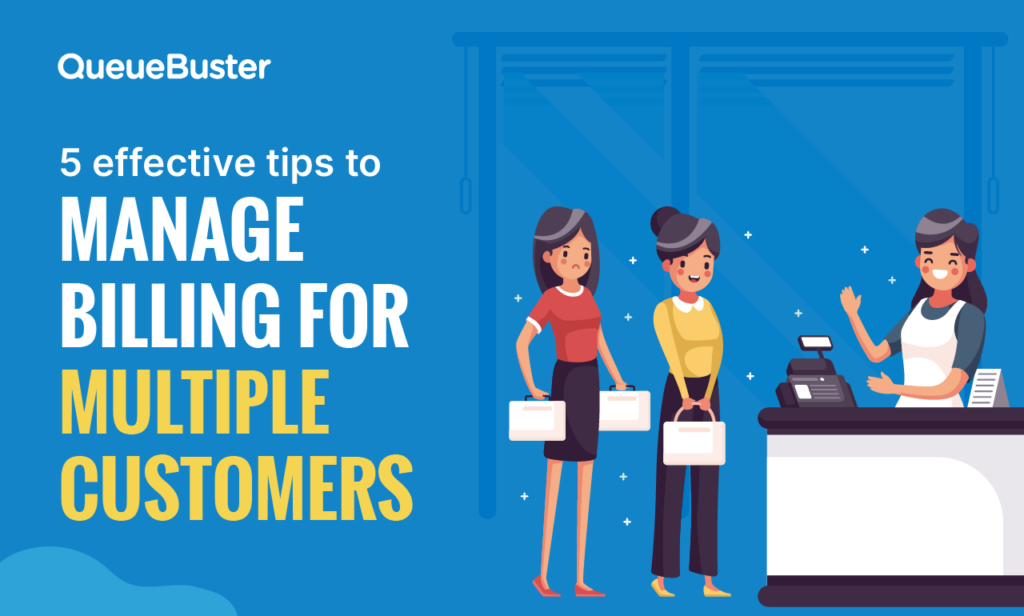
Procurement Vs Purchasing: Understanding The Differences
Procurement Vs Purchasing: Understanding The Differences

By Charu Gupta Published: April 15th, 2025
In the world of supply chain management and business operations, the terms procurement and purchasing are often used interchangeably. However, these two concepts are not identical. Understanding the difference between procurement and purchasing is crucial for businesses aiming to streamline operations, reduce costs, and build long-term supplier relationships. In this blog, we’ll dive deep into what sets procurement apart from purchasing, their individual roles in business strategy, the role of a good POS billing software in understanding purchase trends and why distinguishing between the two is essential.
What Is Procurement?
Procurement is a strategic, holistic process that encompasses all activities involved in acquiring goods and services for a business. It goes beyond just buying; it includes planning, sourcing, negotiating, and managing supplier relationships. Procurement aims to align purchases with the organization’s overall goals, ensuring cost-effectiveness, quality, and sustainability. There are various types of direct and indirect procurement that are essential to keep your business in light.
Key activities involved in procurement include:
- Conducting market research and evaluating suppliers
- Strategic sourcing and selecting the best vendors
- Negotiating and managing contracts
- Assessing and mitigating risks
- Analyzing supplier performance and maintaining compliance with standards
Procurement is proactive in nature, focusing on building strong supplier relationships and securing long-term value for the organization.
What Is Purchasing?
Purchasing, on the other hand, deals with the transactional side of acquiring goods and services. It includes the actual steps involved in buying items once the procurement strategy is in place. This part of the process ensures that orders are placed, goods are received, and payments are made efficiently. In order to carry out purchasing, you would also need a purchase order format along with a track of purchase entry.
Typical activities in purchasing include:
- Creating and approving purchase orders
- Receiving and inspecting deliveries
- Managing payments and invoicing
- Maintaining purchase records and documentation
Purchasing is more operational and reactive. It focuses on the execution of the procurement strategy, ensuring that business needs are met in a timely and cost-effective manner.
Major Differences Between Procurement And Purchasing
Although procurement and purchasing serve different purposes, both are essential to an organization’s success. Understanding and integrating both functions through an efficient inventory management software can enhance overall operational performance.
Strategic Advantage: Procurement allows businesses to align purchasing activities with corporate goals. This alignment helps in gaining a competitive edge, securing better pricing, and ensuring consistent quality.
Operational Efficiency: Purchasing ensures that goods and services are delivered on time, preventing delays in production or service delivery. It supports smooth business operations through efficient execution.
Risk Management: Procurement helps identify and mitigate risks associated with suppliers, markets, and compliance. This reduces exposure to supply chain disruptions and financial penalties.
Supplier Relationships: Procurement builds and nurtures strong relationships with suppliers, which can result in preferential treatment, innovative solutions, and increased reliability. Purchasing supports these relationships by maintaining accurate orders, purchase entry and prompt payments.
Cost Savings: While purchasing seeks the best price for a given order, procurement focuses on reducing the total cost of ownership. This includes considering factors like warranties, service agreements, and disposal costs.
Regulatory Compliance: Procurement ensures that the company adheres to industry regulations and ethical standards. Purchasing maintains documentation that supports audits and legal requirements.
How Procurement And Purchasing Work Together?
Although different, procurement and purchasing are interdependent. Direct and indirect procurement sets the framework by identifying needs, selecting suppliers, and negotiating contracts. Purchasing brings this framework to life by placing orders, managing deliveries, and handling payments.
By integrating these functions through digital solutions like procurement software or POS billing software businesses can streamline operations, gain better visibility, and improve overall efficiency.
Industry Examples
To illustrate the differences between procurement and purchasing, let’s look at a few industry examples:
- In Manufacturing, procurement involves sourcing raw materials from vetted suppliers with long-term agreements, while purchasing and purchase entry handles daily ordering of materials needed for production.
- In Retail, procurement focuses on selecting seasonal product vendors and negotiating bulk pricing. Purchasing handles day-to-day restocking based on inventory levels.
- In Hospitality, procurement aligns vendor selections with sustainability goals, while purchasing ensures timely delivery of daily consumables like food and cleaning supplies.
Conclusion
While often confused, procurement and purchasing serve distinct yet complementary roles within an organization. Procurement is about strategy, relationships, and long-term value. Purchasing is about execution, efficiency, and getting goods on time. By recognizing the unique value of each, businesses can enhance their supply chain management, improve cost-effectiveness, and gain a competitive edge.
Want to learn more about how an efficient android billing machine can streamline your operations?
Contact us today! https://queuebuster.co/get-free-demo
Popular Posts

Why Table Ordering and QR-Based Menus Are Booming in UAE Restaurants
The UAE restaurant industry is evolving faster than ever. From luxury fine […]

5 Effective Tips To Manage Billing For Multiple Customers
Managing billing for multiple customers, especially during peak business hours, can be […]